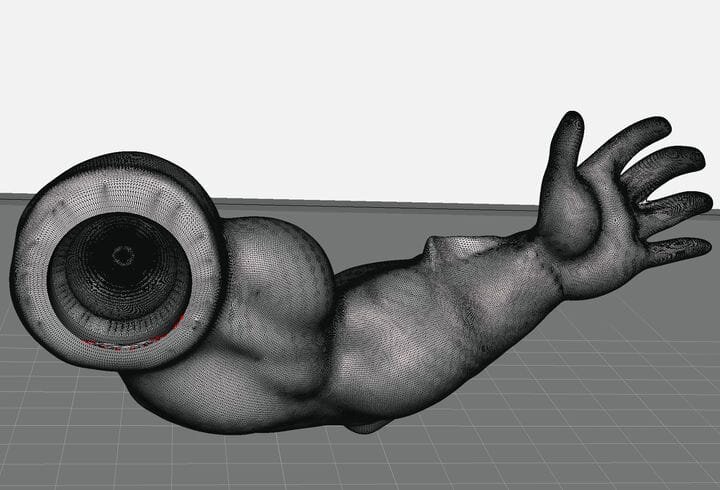![Toy Rescue is a new service that could provide a lot of benefit for children [Source: Toy Rescue]](https://fabbaloo.com/wp-content/uploads/2020/05/image-asset_img_5eb08c88e49fb.jpg)
A brilliant initiative by DAGOMA could prevent environmental damage, save everyone some money and make children happy worldwide.
That’s definitely an ambitious set of goals, but it seems they have an incredibly good idea here, one that we enthusiastically support. DAGOMA is a small French manufacturer of desktop 3D printers, currently with three different models in their inventory. But their initiative, “Toy Rescue” is well beyond their normal operations.
Toy Waste
Here’s the idea: every year children discard plastic toys because something is broken. It might be that a wheel has fallen off a toy car, or an arm snapped on a doll. Everyone has seen this happen.
The problem is that there are no spare parts available.
Thus as soon as a toy is slightly broken, it’s often discarded, where it will lie forever in a waste dump, gradually dispersing microplastics into the surrounding environment. Not good. Even worse, the child’s parents then spend even more money on new toys, which again get broken and the process repeats.
Toy Rescue is part service, part database. The database is a repository of literally hundreds of parts for popular children’s toys. I’ve scrolled through many pages at the site and indeed there are so many parts presented.
Skeletor 3D Printable Parts
Each part is represented with it’s own page, such as this one for Skeletor’s arm:
![Toy Rescue’s entry for Skeletor’s left arm [Source: Toy Rescue]](https://fabbaloo.com/wp-content/uploads/2020/05/image-asset_img_5eb08c892d9d3.jpg)
As you can see, it’s possible to download the arm directly, as I did. Here’s the 3D model of the arm:
![3D model of Skeletor’s left arm [Source: Fabbaloo]](https://fabbaloo.com/wp-content/uploads/2020/05/image-asset_img_5eb08c896f37f.jpg)
It’s certainly 3D printable, if you happened to have access to a 3D printer. If you don’t, DAGOMA has thought of a solution for that scenario too. They’ve organized a network of volunteer 3D printer operators who are willing to 3D print parts on request from those who cannot do so themselves.
There’s no boundaries to the service; anyone, anywhere can apparently download and use the 3D models, as can any 3D printer operator register to provide volunteer prints. Here’s their promotional video to show how it works:
Launching just before the holiday season is a great idea, particularly for parents unable to afford new toys for their children. It could be a money-saving proposition.
Toy Rescue and Copyright Holders?
There’s one question I have: many of the parts seem to be from licensed products that more than likely have owners. It’s not clear to me the legality of this service, as some product owners might object to their designs being used for free distribution. It could in theory affect their sales of replacement or new toys.
However, each download from Toy Rescue clearly says that the 3D models will be used for personal, non-commercial use. Also there are no complete toys being distributed; only the most frequently breaking parts are presented. No sales are made for toys or parts.
Learning 3D Printing
There’s another twist to this initiative: by performing such a repair, children will personally witness 3D printing technology being practically used. At that formative stage in life, I expect the experience will alter their perception of products, making and much more as they pass through life.
Saving the environment, money and making kids happy is apparently not enough; Making them successful in the 21st century world of radically new designs is perhaps the biggest benefit of Toy Rescue.
Via Toy Rescue and DAGOMA

